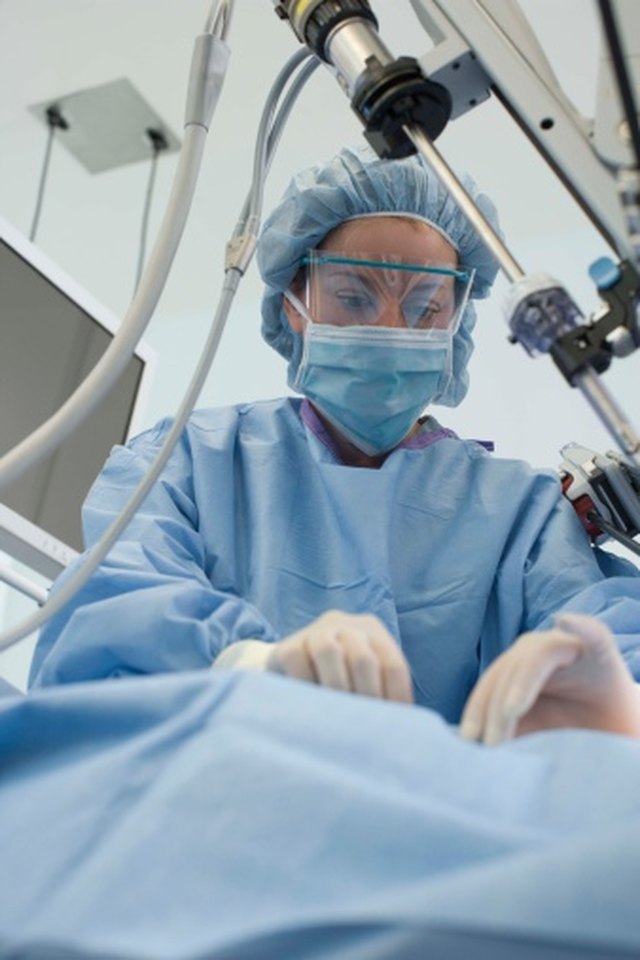How to Exercise After Perianal Abscess Surgery

Perianal abscess is a condition that is always treated with surgical intervention. The procedure used is usually simple and performed under general anesthesia. It typically requires no hospital stay. During the first few weeks after a perianal abscess treatment procedure, your physical activity will be limited to prevent aggravating the surgical injury.
Rest. The initial three to four days following the surgery should be spent resting and applying the local wound treatments advised by your surgeon. The rest period is longer if general anesthesia is used.
Start with light-intensity exercises. Walking and extremely light-resistance upper-body exercises may be resumed during the month following the rest period. Bicep curls and dumbbell presses using lightweights are examples of resistance exercises that may be done after surgery. Do not engage in any lower-body resistance training; this can be painful and hinders your healing. Squats, lunges and leg presses are all examples of exercises that should be avoided.
Avoid lower-body exercises. Lower-body exercises should only be attempted after clearance from your physician. If you receive clearance, start with exercises that do not place too much pressure on your perianal area. Recumbent biking and jogging are examples of exercises that place minimal pressure on the perianal area.
Warnings
Stop exercising and consult your physician if you feel any pain or discomfort in or around your surgical wound.
References
- "Preventive and Social Medicine"; K. Park, J. E. Park; 1995
- "Exercise and Health"; Professor T. A. Asmangulyan; 1997
- "General Surgery"; Pavel Ananikyan; 2001
- MayoClinic.com: Anorectal Abscess Treatment
Writer Bio
Dr. Robert Petros has been working at the Yerevan State Medical University Department of Epidemiology and Infectious Diseases since 2009. He has had experience with thousands of patients and done a considerable amount of work in epidemic prevention on the government level.
